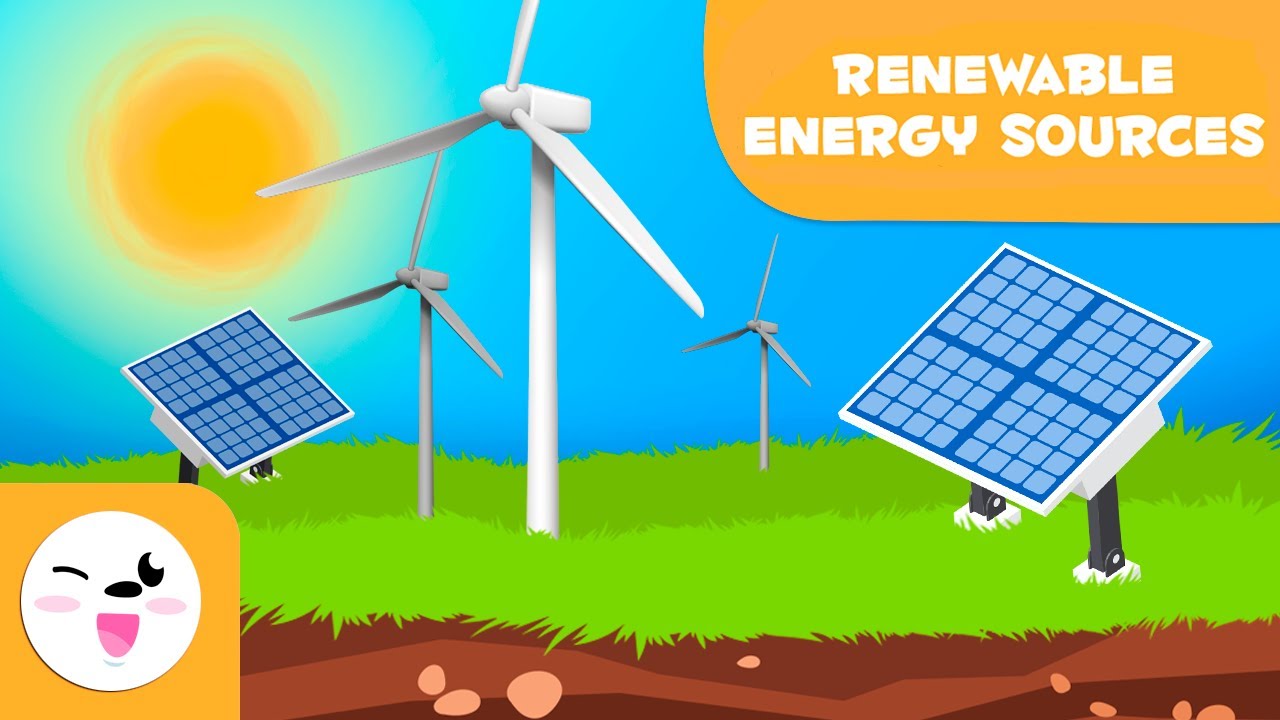
Introduction
Teaching Renewable Energy in classrooms is becoming increasingly important as the world shifts towards sustainable practices. Educating students about renewable energy sources not only raises awareness about environmental issues but also equips them with the knowledge and skills needed to address the challenges of the future.
The Significance of Teaching Renewable Energy
Renewable energy is derived from natural resources that are replenished continuously, such as sunlight, wind, and water. By teaching students about these sources of energy, educators can empower them to make informed decisions about energy consumption and contribute to a more sustainable future.
Benefits of Teaching Renewable Energy in Classrooms
- Environmental Awareness: Educating students about renewable energy fosters a sense of environmental responsibility.
- Sustainability: Teaching about renewable energy sources promotes sustainable practices and reduces dependence on fossil fuels.
- Career Opportunities: Providing knowledge about renewable energy can inspire students to pursue careers in the growing green energy sector.
Best Practices for Teaching Renewable Energy
1. Incorporate Hands-On Activities
Engage students by incorporating hands-on activities that demonstrate the principles of renewable energy. Building simple solar panels or wind turbines can help students understand how these technologies work in practice.
2. Use Interactive Learning Tools
Utilize interactive learning tools such as online simulations and educational games to make learning about renewable energy fun and engaging. These tools can enhance students’ understanding of complex concepts and encourage active participation.
3. Invite Guest Speakers
Invite professionals working in the renewable energy industry to speak to your students. Guest speakers can provide real-world insights and inspire students to explore career opportunities in the field of renewable energy.
Resources for Teaching Renewable Energy
1. Online Courses
Online courses offer a convenient way to learn about renewable energy at your own pace. Platforms like Coursera and edX provide a wide range of courses on topics such as solar energy, wind power, and sustainable design.
2. Educational Websites
Explore educational websites like the National Renewable Energy Laboratory (NREL) and the Renewable Energy World for articles, videos, and interactive resources that can enhance your teaching of renewable energy.
3. Classroom Kits
Invest in classroom kits that contain materials for conducting renewable energy experiments. Companies like KidWind offer kits for building wind turbines and solar-powered cars, providing hands-on learning experiences for students.
Conclusion
Teaching Renewable Energy in classrooms is a valuable investment in the future. By equipping students with knowledge about sustainable energy sources, educators can empower the next generation to make a positive impact on the environment and society as a whole.

